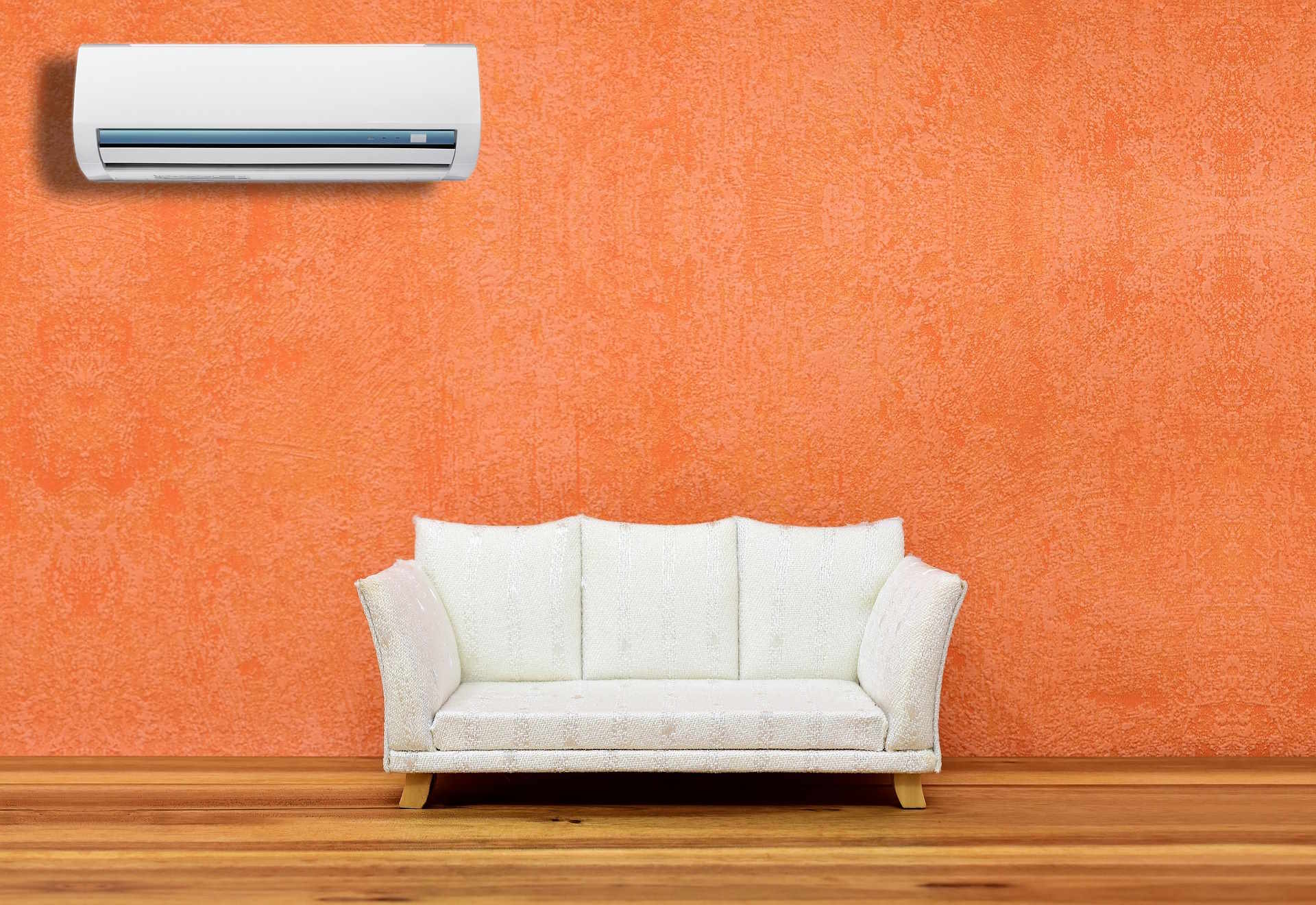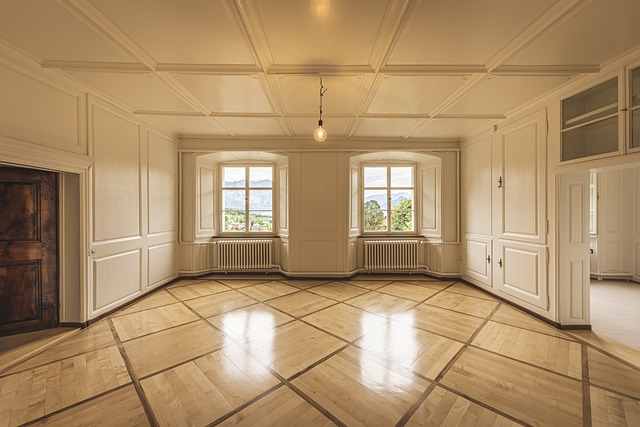"Reimagining Spaces: The Rising Influence of Tiny House Movement on Home Design"
Introduction: Imagine a life where you can experience the freedom of mobility, financial savings, and a reduced environmental footprint. This is the allure of the Tiny House Movement, a shift in lifestyle and design that is influencing how we perceive and utilize space in our homes.
A Brief History of the Tiny House Movement
The Tiny House Movement, although gaining recent popularity, has its roots deep in history. Thoreau’s simplistic living in the woods in the 19th century, the mobile homes of the 50s, and the counterculture of the 60s all contributed to the philosophy behind this movement. In the 1990s, architect Sarah Susanka’s book “The Not So Big House” sparked a dialogue about downsizing and living more sustainably, paving the way for tiny homes.
The Influence of Tiny Houses on Current Home Design Trends
The Tiny House Movement has influenced current design trends by shifting the focus from quantity to quality. Storage solutions have become clever and multifunctional, furniture serves multiple purposes, and every inch of space is thoughtfully utilized. The movement has called for a more minimalist aesthetic, where clutter is eliminated, and only essentials are kept.
The Practicality of Tiny Houses: Market Trends and Lifestyle Enhancements
Tiny houses are not just architectural novelties; they serve practical purposes too. They offer an affordable entry to the housing market, especially for millennials pained by student debt and rising housing costs. Plus, they provide a way to live more sustainably, using fewer resources. As per the market trends, the global tiny homes market is projected to grow at a rate of 6.99% from 2021 to 2026.
Research-Backed Benefits of Tiny House Living
Studies show that living in a tiny house can lead to less stress. The reduced living space means fewer belongings to manage, which can decrease anxiety. Also, since tiny houses are often situated in natural settings, residents can enjoy the psychological benefits of being close to nature.
Making the Most of a Tiny House: Styling Techniques and Space Maximization
Though a tiny house has limited space, it doesn’t mean it can’t be stylish. The key is to use space intelligently. Opt for foldable or expandable furniture, use the vertical space for storage, and keep the decor minimal and light to create an illusion of a larger area.
The Tiny House Movement is more than a trend—it’s a lifestyle choice that’s influencing the way we design and live in our homes. As we move towards a future where sustainability and functionality become increasingly important, tiny houses offer a compelling solution. This design movement encourages us to reassess our needs, prioritize quality over quantity, and find beauty in simplicity.





